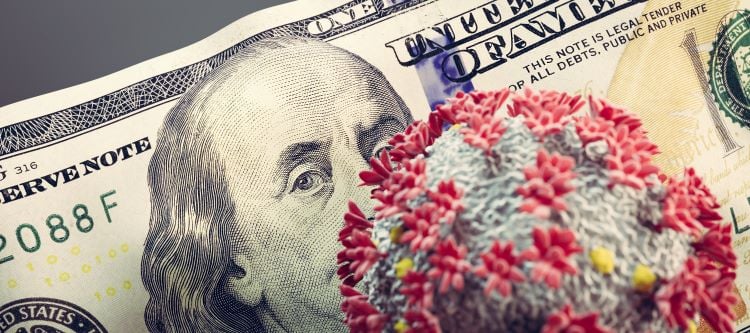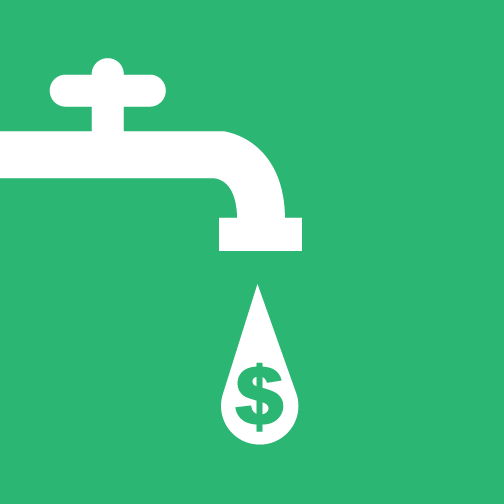State lawmakers have confronted many difficult and unexpected challenges this year. Fortunately, the decision to raise top state income tax rates should be an easy one. With state revenues down sharply and top earners weathering the pandemic far better than most, raising tax rates on people managing to earn high incomes during these tumultuous times is an obvious policy response. Lawmakers in New Jersey recently reached an agreement to implement a millionaires’ tax and similar discussions are ongoing in California, New York, and Rhode Island. Voters in Arizona and Illinois also will vote directly on whether to raise top rates at the ballot box in November.
Of course, the pursuit of increased tax rates for high-income people is being met with vocal, organized opposition. The most common objection comes from a decades-old supply-side economics playbook. It claims that higher taxes for the rich will slow state economic growth—a finding not supported by the academic literature and in direct contradiction to the real-world experience of states that have chosen to enact higher rates.
In October 2017, ITEP published Trickle-Down Dries Up, which compared the economic performance of 18 states taking the opposite approaches to their top tax rates: the nine states with the highest top income tax rates and the nine with no broad-based personal income tax at all. We found that the states with the highest top rates saw faster economic growth, faster average income growth, and lower unemployment rates on average than the no-tax states. We recently refreshed that analysis to cover the most recent decade with available data (2009-2019) and found that all those findings have held up.
The nine states with the highest top marginal income tax rate over the last decade saw their economies grow slightly faster, on average, than the nine states without income taxes. This is true of growth in the overall size of these states’ economies and, more importantly, of economic growth per person. Average incomes have also grown more quickly in states with the highest top tax rates. And in 2019, just before the start of the pandemic, the official unemployment rate was also slightly lower in the high-rate states (3.4 percent) than in the no-tax states (3.8 percent).
Compared to states without income taxes, residents in states with the highest top tax rates have generally enjoyed faster income growth and are less likely to be unemployed.
To be clear, the gap between these two groups of states is not large and there is significant variation across states. These findings do not suggest that higher state income tax rates are causing faster growth, but they do cast doubt on claims that boosting top income tax rates will lead to dramatic, measurable declines in states’ economic trajectories.
Income tax opponents tend to overstate the impact that income taxes have on state economies and underappreciate the economic importance of investments in education, infrastructure, and other public services that are funded with income taxes. We know that a higher reliance on progressive personal income taxes, including higher top tax rates, can lessen income inequality and help build broadly shared prosperity. Most of the states with higher top income tax rates, for instance, are among the best performing states in our Who Pays? analysis of the distribution of state and local taxes. And despite the gloom and doom predictions that often accompany proposed income tax rate increases, we also know that states that have opted for higher income tax rates have seen economic conditions at least as strong, if not stronger, than the states that have shunned income taxes entirely.
Talking taxes, especially tax increases, is never a popular subject. But states will have to make tough decisions about their budgets for the upcoming fiscal year. During this health and economic crisis, we’ve seen billionaire wealth grow while unemployment remains untenably high and millions of families face eviction or can’t put food on the table. It makes sense to raise taxes on the rich, many of whom are growing increasingly rich due to structural advantages in our economy, while so many others are just trying to figure out how to make ends meet.





